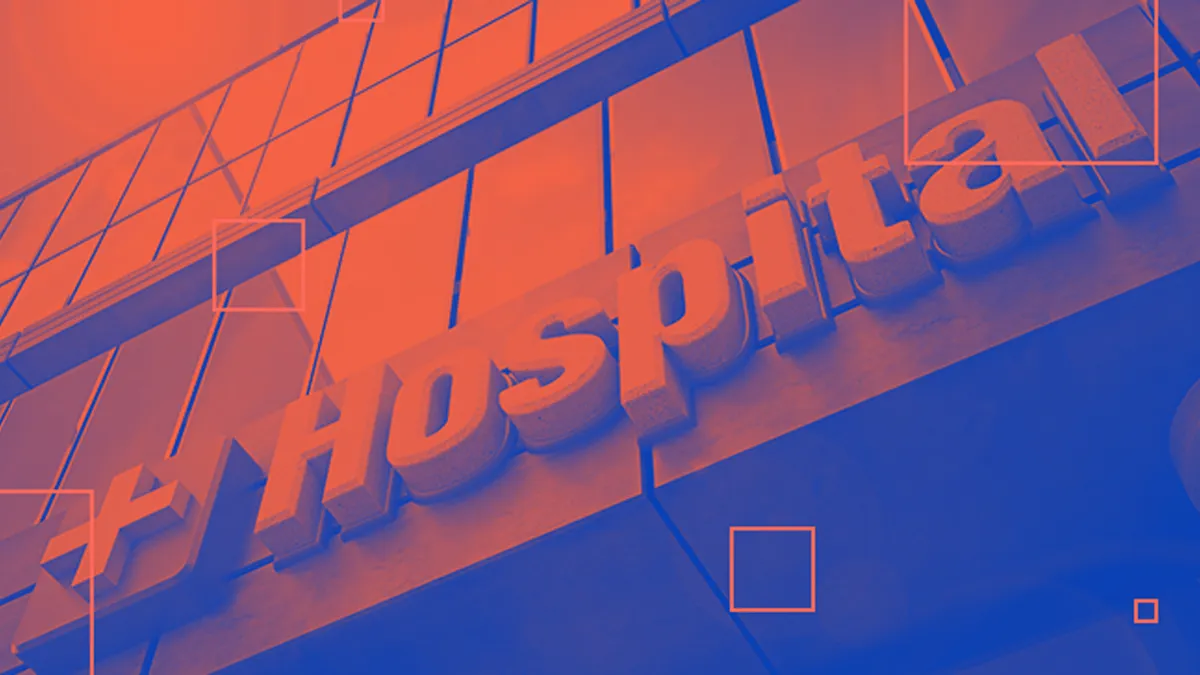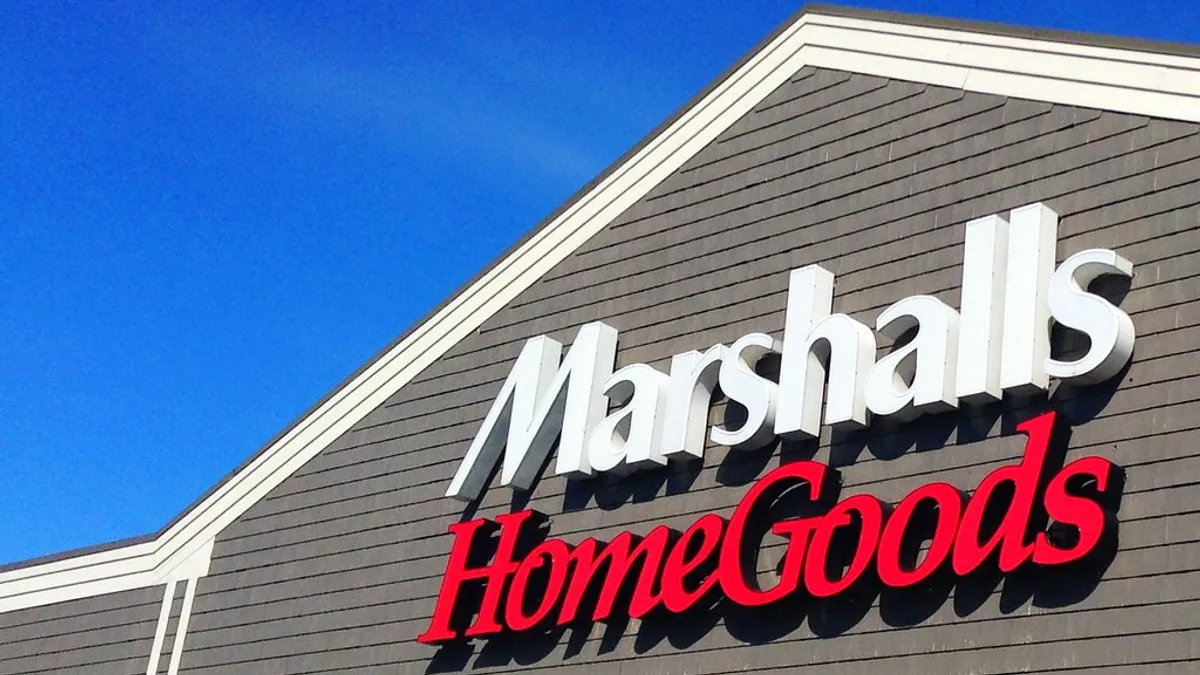Editor's Note: This article is part of a series on healthcare supply chains, which can be found in full here.
With the health insurance system in chaos over the future of the Affordable Care Act, and a constant need to lower costs, larger health systems are finding financial success targeting the supply chain.
Hospital systems are ditching the distributor and contracting directly with manufacturers, while using their own storage and distribution channels. Doing so, these systems takes on the financial risk, but also the gains.
What’s driving much of this move to self-distribution? Hospital system consolidation from mergers and acquisitions (M&A). With an increased volume of supply purchasing, hospital systems have greater bargaining power.
Financial gains can be passed on to patients, says Dennis Mullins, senior vice president of supply chain for Indiana University (IU) Health, which opened the administration office portion of its consolidated service center in August, and opens the distribution portion in spring, 2018. IU Health also plans to invest some of the savings on capital improvements and better equipment. But there’s another advantage. “Making sure supplies are more readily available positively impacts patient care,” he says.
Why self-distribution is gaining steam among hospitals
Deciding whether to move to a self-distribution model requires some in-depth analysis and preparation, plus a lot of teamwork. But the model is booming.
“Two years ago we may have had three members all year asking if it was the right decision to go down this path,” said Sindi Kelly, director of consulting at Vizient, a healthcare performance improvement company. Within the first six months of the year, she had probably eight to ten of these discussions. M&A accounts for a lot of that activity, including one Vizient hospital system member that increased from five to 11 hospitals in less than a year.
Making sure supplies are more readily available positively impacts patient care.

Dennis Mullins
Senior Vice President of Supply Chain, IU Health
In bypassing the third-party distributor, a hospital system can contract directly with manufacturers and use their own storage and transportation for distribution. Sure, doing so comes at a high cost upfront, but if done right, healthcare systems can save big.
Still, there are several different distribution models available to hospitals. Most simply, a healthcare supply chain manager could order in bulk from a distributor and store items on-site. But, if a hospital is looking to reinvent their supply chain through self-distribution, Kelly found the two models below could offer great savings.
A just-in-time model for healthcare
Kelly recommends that some systems change to a just-in-time model using a third-party distributor. The transition starts by decreasing inventory on hand, to keep only critical and emergent items.
It’s not uncommon for a hospital buying in bulk to have more than a million dollars in inventory. “That inventory has to be managed,” Kelly says, and there’s often 3-5% variance each year between the inventor in stock, and what’s being counted. Plus, products can become obsolete, expire or clinicians want to use something different, but can’t because the hospital has a 30-day shelf supply of the original product.
With the just-in-time model, the hospital uses one distributor for the whole system. Some healthcare systems, especially those that recently merged, may be using multiple distribution companies. With the new model, the distributor would bring needed supplies in totes daily, allowing hospital staff to deliver to the floors.
Just In Time Distribution Model
This model provides big savings in the first year, flattening out costs over the next four years.
| Year 0 | Implementation | Year 5 | |
|---|---|---|---|
| Distribution | Several distributors | Sell bulk of inventory (85%) back, keeping only essential stock | One distributor |
| Supply costs | Standard | Just-in-time purchases raise average cost | 2% to 5% higher |
| Savings | Standard | Lower storage, personnel and inventory management costs | Save 3% to 6% each year |
Initial cost savings for this model comes from selling off excess supplies to the distributor in the first year. A hospital with a million in inventory, may gain $850,000 in cash for selling back supplies, for example, retaining $150,000 in inventory.
The just-in-time model makes sense in geographic areas where it’s harder to hire staff or where centralized warehouses are too far away. Given that there’s less inventory to order, stock and receive, the hospital decreases the number of personnel handling this, which compensates for the higher distributor costs for just-in-time supplies ordered.
Leverage a consolidated service center
In this self-distribution model, the hospital system moves its supplies to a warehouse, and handles its own contracting, ordering, storing and supply distribution.
This is especially helpful when a hospital has gone through a merger and no longer has the space to store products in the hospital’s revenue-generating spaces. The consolidated service center typically starts by stocking supplies, later adding other service lines, like biomedical, pharmacy, print shop, kit packing and a centralized mail room.
This is the route IU Health is taking. In phase I, they’ll supply the 15 hospitals in their system using one centrally-located consolidated service center and in-house staff. Phase II will include their print shop, clinical engineering, IT and pharmacy, and it will service about 450 of their system’s other health centers.
When projecting out five years in a self-distribution model, a healthcare system can realistically save 3-5% annually. Kelly has seen savings projections of 15-20%. While that’s atypical, she said a well-run consolidated service center could do so after a few years.
Consolidated Service Center Model
This model has a big cash outlay the first year, with savings used to pay off that investment over the next few years.
| Year 0 | Implementation | Year 5 | |
|---|---|---|---|
| Distribution | Third-party distributors | Invest in a warehouse lease, plus fixtures, software and robotics | Self-distribution |
| Supply costs | Standard | Negotiate discounts with suppliers | 2% to 5% lower due to direct contracts |
| Savings | Standard | Lower supply, storage, personnel and inventory management costs | Save 3% to 6% each year |
With the self-distribution model, the first year is very expensive. The system needs resources to buy and lease equipment, warehouse space and technology to run the operation. The numbers balance out over the next four years.
As an example, IU Health invested more than $9 million in the consolidated service center, but anticipates $3.1 million in savings per year. They will negotiate multi-year agreements, locking down prices and getting standardization discounts. They plan to recoup their costs in less than three years.
They’ve already gotten quotes for supplies achieving half of the first year’s savings, even before they opened for business. “Of course, you have to execute the agreement and distribute still,” he said.






















